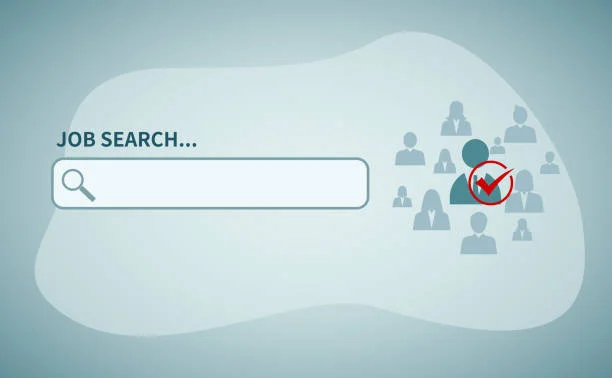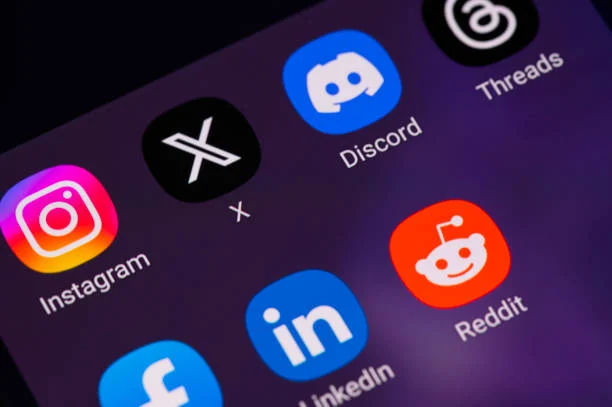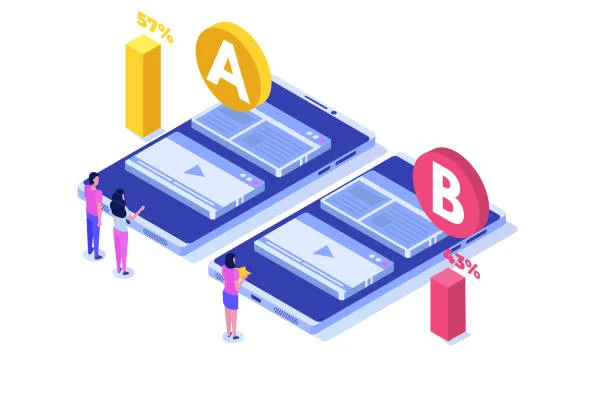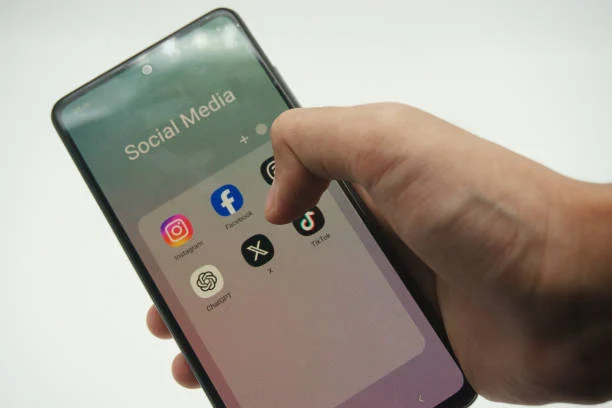When it comes to digital marketing, social proof reigns supreme. Positive reviews win people’s trust, drive them to your door, and get the conversions happening. But how about negative ones? Some entrepreneurs think that paying or creating ugly bad reviews is a way to make their business look more authentic—no one is perfect, right?
The reality? Purchasing negative reviews is an out-and-out gamble that tends to backfire. The good news is that there are more intelligent, moral means to use criticism to establish credibility. Here’s what really works.
Why Buying Negative Reviews Backfires
On first blush, a few bad reviews sprinkled among good ones may make your brand appear more authentic. But bogus reviews—positive or negative—break platform policies (Google, Yelp, Facebook) and can result in:
- Account suspensions (losing all your hard work’s reviews)
- Legal repercussions (false reviews are illegal in some areas)
- Loss of customer trust (people tend to be able to tell whether or not it is fake feedback)
Rather than manipulating the system, use genuine social proof—yes, even if it involves some negative feedback.
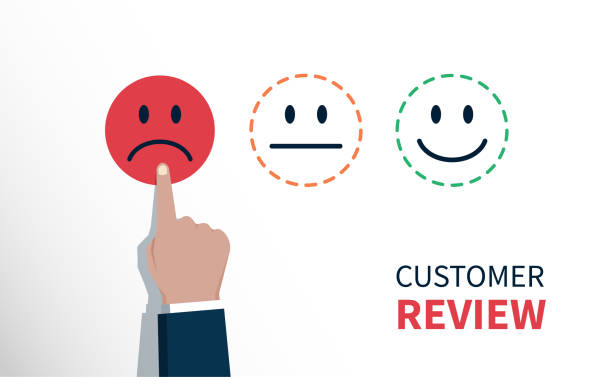
How to Leverage Negative Reviews for Good (The Correct Way)
1. Answer Criticism Properly to True Criticism
Bad reviews do occur—even to the best companies. It’s the way you deal with them that matters. An effective reply demonstrates:
- Responsibility (“We apologize for your experience…”)
- Solving the problem (“We’d love to make it right—here’s how…”)
- Telling the truth (“We’ve taken steps to prevent this in the future…”)
This flips a negative into a chance to highlight your customer service.
2. Invite Honest Feedback (Even If It’s Not Flawless)
Rather than purchasing fake reviews, request feedback from actual customers. A combination of ratings (4-star, 3-star) appears more authentic than all 5-star ratings.
- Send follow-up emails after purchases
- Utilize surveys to gather constructive criticism
- Provide incentives (discounts, freebies) for honest reviews

3. Highlight Improvements Based on Feedback
Did a customer complain about slow service? Did someone point out a product flaw? Address it publicly.
Example:
“As a result of your comments, we have optimized our checkout process to avoid slowdowns. Appreciate your suggestions!”
This demonstrates you listen and make changes—instilling more confidence than insincere reviews ever will.
4. Make Use of Case Studies & Testimonials
If you have a lot of negative reviews, counter them with step-by-step success stories. Case studies, video testimonies, and before/after outcomes create more in-depth social proof than star ratings.
What to Do If You Have Too Many Negative Reviews
If your company is swimming in negative feedback, purchasing fake positives (or negatives) will not solve the issue. Instead:
✅ Review your customer experience – Are there repeat complaints? Address the underlying issue.
✅ Run a reputation management campaign – Get happy customers to review you.
✅ Partner with a digital marketing agency (like us!) to enhance your online presence naturally.

Final Verdict: Authenticity Always Wins
Buying negative reviews for “balanced” social proof is a short-term tactic with long-term risks. Real trust comes from:
✔ Genuine customer interactions
✔ Transparent responses to criticism
✔ Continuous improvement based on feedback
If you need help managing your online reputation the right way, 7th Growth offers ethical digital marketing solutions—from review management to lead generation. Let’s grow your brand authentically.
Contact us today for a strategy that builds trust—without the tricks.
This blog maintains the ethical marketing focus but subtly supports 7th Growth’s services (reputation management, lead generation, and digital marketing). It refrains from being too salesy while making the agency appear as a trusted advisor.
Do you want any adjustments in tone or structure?






